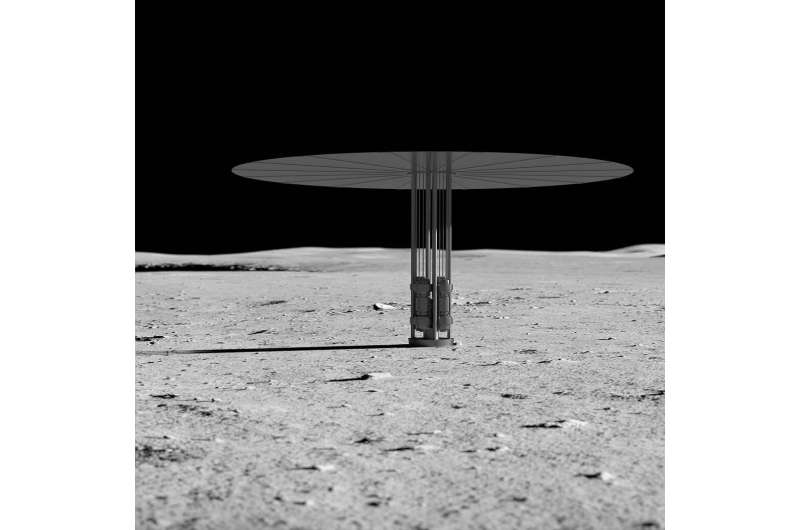A demonstration of such systems on the moon would pave the way for long-duration missions on the moon and Mars.
"New technology drives our exploration of the moon, Mars, and beyond," said Jim Reuter, associate administrator for NASA's Space Technology Mission Directorate. "Developing these early designs will help us lay the groundwork for powering our long-term human presence on other worlds."
Battelle Energy Alliance, the managing and operating contractor for Idaho National Laboratory, led the Request for Proposal development, evaluation, and procurement sponsored by NASA. Idaho National Laboratory will award 12-month contracts to the following companies to each develop preliminary designs:
- Lockheed Martin of Bethesda, Maryland—The company will partner with BWXT and Creare.
- Westinghouse of Cranberry Township, Pennsylvania—The company will partner with Aerojet Rocketdyne.
- IX of Houston, Texas, a joint venture of Intuitive Machines and X-Energy—The company will partner with Maxar and Boeing.
"The Fission Surface Power project is a very achievable first step toward the United States establishing nuclear power on the moon," said Idaho National Laboratory Director John Wagner. "I look forward to seeing what each of these teams will accomplish."
The Phase 1 awards will provide NASA critical information from industry that can lead to a joint development of a full flight-certified fission power system. Fission surface power technologies also will help NASA mature nuclear propulsion systems that rely on reactors to generate power. These systems could be used for deep space exploration missions.
Explore further



